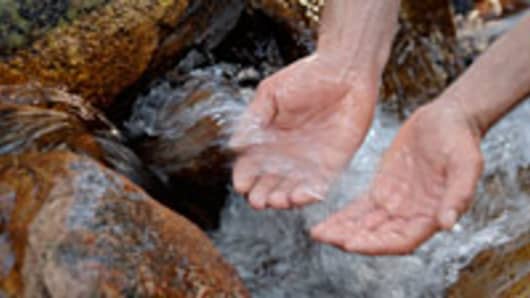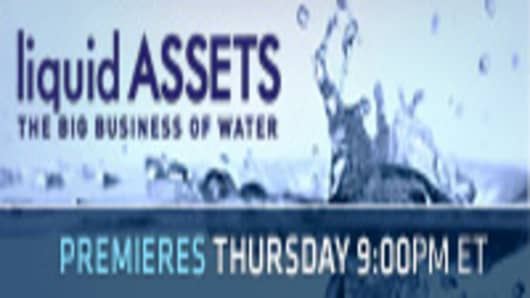At MillerCoors, water is everything. From brewing to pasteurizing to shipping, water is the fuel that runs the factories.
“It's the main ingredient in our beer. It helps clean our brew kettles. It helps water our crops," says Kim Marotta, Vice President of Corporate Social Responsibility for the company.
“Without that water, I don't want to even think about what would happen.”
With water in crisis across the globe, from shortages to pollution, MillerCoors is evaluating the way the company uses it.



